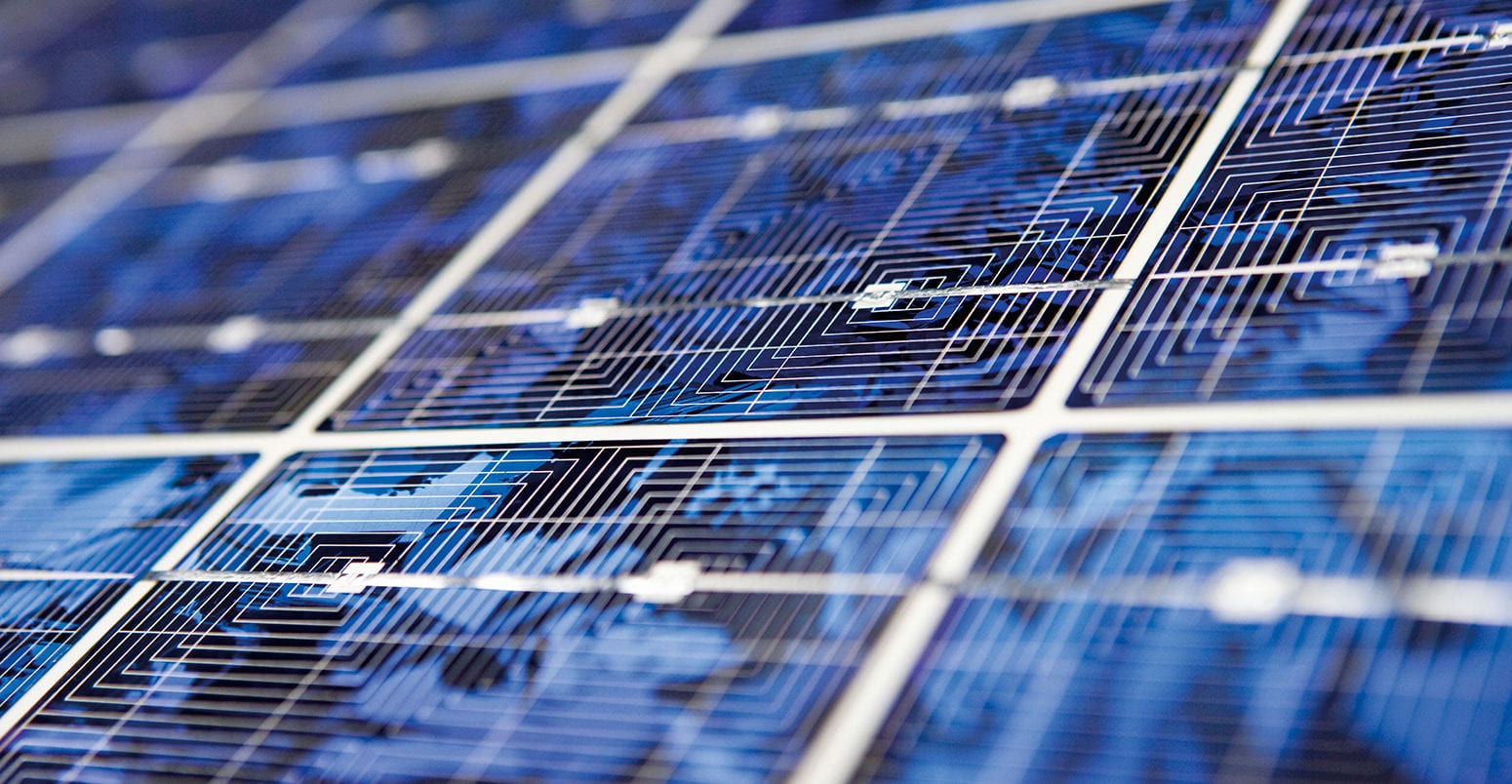
symbiot/Shutterstock
Michal Gwizdala, Vrije Universiteit Amsterdam and Tjaart Krüger, University of Pretoria
Proteins are “large”, complex molecules that perform most of the complicated and vital tasks in living organisms. So when scientists study proteins, they can produce blueprints for a new generation of bio-inspired technologies.
But proteins guard their secrets very closely. Luckily, there are ways of making them “sing” – and making really interesting discoveries from the resulting sounds.
Together with our collaborators in Bangladesh and the Netherlands, we recently uncovered that a well known protein involved in photosynthesis can sometimes behave like two different proteins – or put differently, it can, as it were, sing two different songs.
The protein is known as Phycocyanin and is responsible for the collection of solar energy in cyanobacteria. These microorganisms perform photosynthesis, just like plants, and are important for oxygen production. Our findings show that Phycocyanin can switch between two different functions.
This ability, if harnessed properly, could help develop new smart solar technologies. Current solar panels aren’t very efficient because they’re not very responsive to changing light conditions. They were designed to work under the full sun, preferably during a cloudless day.
One of the challenges of solar cell technologies is that the amount and quality of sunlight reaching the Earth changes all the time. These changes can be caused by clouds or trees swaying in the wind. Understanding how Phycocyanin can switch between different functions can teach us how to design a solar panel that will adapt to different conditions.
Using light to hear a protein’s “song”
We used an experimental tool called light spectroscopy to make our finding. The technique works by shining laser light on specific proteins and observing how the light patterns change when the protein adopts a slightly different structure. It’s a sensitive technique that can give a lot of detailed information and is used in a vast range of applications, from medical diagnostics to geology.
The outcomes of the interaction between the light and the proteins also depend on the state and properties of the proteins. We turned to a very special spectroscopic method known as single molecule spectroscopy, which allowed us to observe the properties of individual proteins.
To understand the advantage of this approach, think of a room filled with people. Ask them all to start singing their favourite songs – loudly. The result is likely to be a cacophony. In a similar way, trying to extract information from billions of proteins all at once generates a lot of noise.
But a different approach can produce a different outcome: leave only one person in the room and ask them to sing. After a while, ask another person, and then another. This time you should be able to clearly hear different songs and distinguish the words as well as the different tones and timbres. Similarly, single molecule spectroscopy gives one access to all the “songs, words, tones and timbre” of individual proteins.
That’s how we pinpointed that Phycocyanin can sing two “songs”. Its primary function is to collect the sun’s energy and then pass it on to its neighbours (proteins of a similar type) with amazing efficiency.
But, as emerged from our experiments, sometimes Phycocyanin enters a different state. When this happens, Phycocyanin isn’t able to pass the sunlight energy to its known partners as it usually does. In fact, it most likely sends the absorbed energy directly to the photosynthetic reaction centre, where the energy is converted into stable chemical energy. This shows that biological molecules have the ability to change their behaviour depending on the immediate needs.
Applications
This ability holds exciting possibilities for solar devices. Scientists could design an artificial system that can “sing many songs” and dynamically switch between them in a smart way.
![]() These devices could then convert solar energy with a greater efficiency, which has many benefits. For example, bio-inspired, smart and flexible solar panels would not require perfect sunny weather and regular cleaning to achieve the highest efficiency.
These devices could then convert solar energy with a greater efficiency, which has many benefits. For example, bio-inspired, smart and flexible solar panels would not require perfect sunny weather and regular cleaning to achieve the highest efficiency.
Michal Gwizdala, Postdoctoral researcher in photosynthesis, Vrije Universiteit Amsterdam and Tjaart Krüger, Associate Professor in Biophysics, University of Pretoria
This article was originally published on The Conversation. Read the original article.










